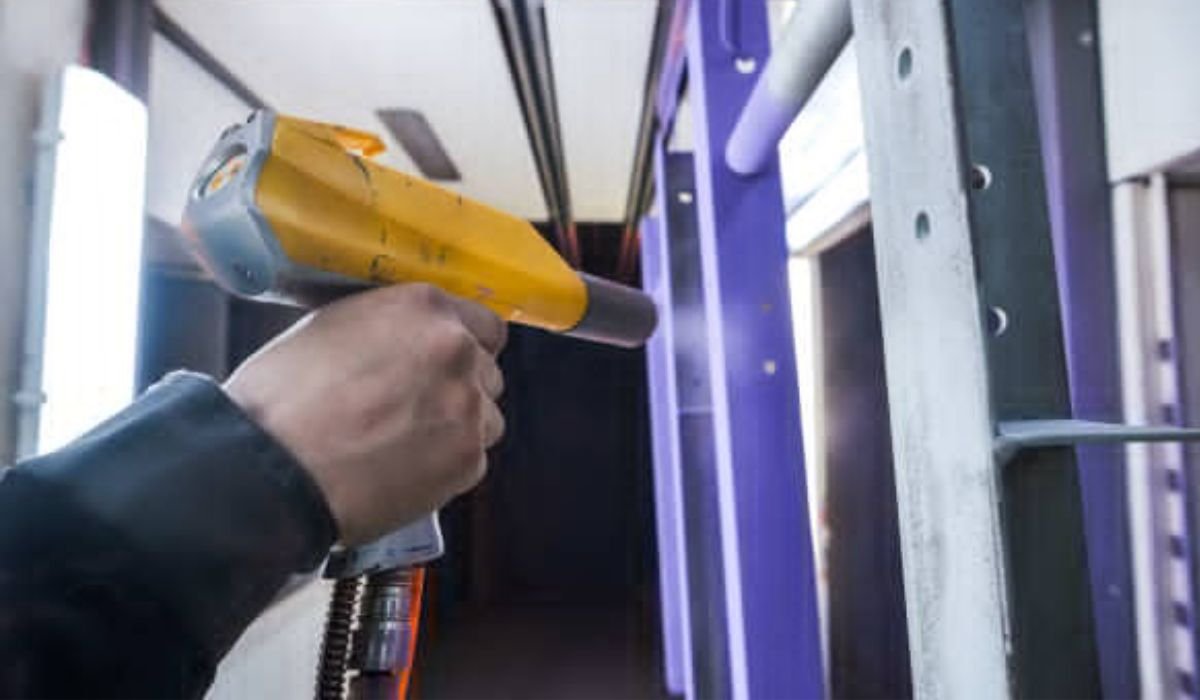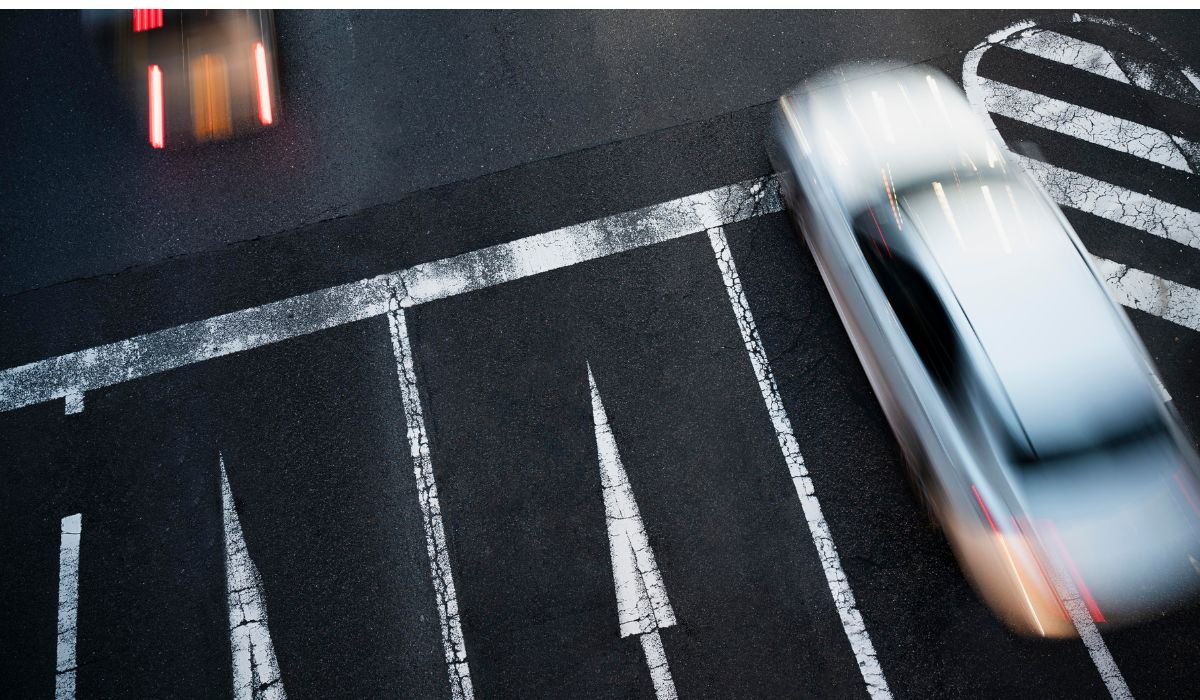Table of Contents
- Why Security Gates Matter
- Considerations Before Installation
- Choosing the Right Gate System
- Technology in Security Gates
- Installation Best Practices
- Routine Maintenance Tips
- The Role of Regulations and Standards
- Troubleshooting Common Issues
- Future Trends in Security Gates
Why Security Gates Matter
Security has become a focal point for both residential and commercial properties in recent years. With property crimes and unauthorized access events on the rise, many property owners are turning to visible and tangible solutions for protection. Security gates stand out as an effective first line of defense. Not only do they deter unwanted visitors at the outset, but they also provide a psychological perimeter that signals vigilance and privacy.
The adoption of security gates Houston, TX, and similar robust barrier systems in neighborhoods across the US is a testament to their effectiveness. A visible gate not only deters would-be intruders but also streamlines access for guests, staff, or deliveries, making logistical management easier for property managers. This desire for enhanced security is no longer limited to high-value properties—gated access is becoming an innovative, mainstream solution that boosts curb appeal and property value.
Considerations Before Installation
Before choosing and installing a security gate system, it’s essential to fully understand your specific needs and environment. Every property is unique, and factors such as layout, daily traffic, and visibility play significant roles in determining the right approach. First, evaluate your entry and exit points. Do you have multiple entrances, or just one main gate? Consider both vehicle and foot traffic—will your gate need to accommodate emergency access, delivery trucks, or pedestrian guests?
- Analyze current pedestrian and vehicle movement to pinpoint high-traffic areas and prevent bottlenecks.
- Review lighting, camera sightlines, and blind spots, especially for night-time security and monitoring.
- Confirm local regulations, HOA rules, or city ordinances regarding gate types, materials, permissible heights, and setbacks.
- Assess environmental factors like ground stability, drainage, space constraints, and proximity to landscaping or utilities.
Taking time to answer these questions reduces the risk of costly adjustments later. Since foundations and underground wiring can be impacted by soil conditions or roots, an initial site inspection can surface issues that may not be visible at first glance. Smart planning at this stage sets the stage for a reliable and lasting installation.
Choosing the Right Gate System
Selecting a gate system isn’t just about security—it blends aesthetics, usability, and practicality. Sliding gates are popular where space behind the gate is limited, as they move parallel to the fence line rather than swinging inward or outward. For large driveways with ample clearance, swing gates are a traditional favorite, offering a visually impressive entrance, especially when crafted from decorative iron or solid panels. Industrial settings, meanwhile, sometimes require vertical lift gates, which move upward and out of the way to facilitate access for large vehicles.
Materials make a significant difference in durability and maintenance. Steel and aluminum gates offer premium security, are weather-resistant, and require little upkeep. Wood and composite gates blend seamlessly into residential surroundings, offering a warmer, welcoming appearance; however, they may require regular maintenance to withstand weather and pests. Today’s most effective security gates often incorporate automatic controls, including keypads, card readers, RFID tags, and even remote access from smartphones and tablets. The move to automation is more than just convenience—it’s about layered, innovative access management for families, staff, and visitors.
Technology in Security Gates
The advancement of security gate technology has provided homeowners and facility managers with powerful tools. Integration is a central theme—gates no longer operate in isolation. Modern systems can synchronize with alarm systems, surveillance cameras, and even lighting to create an integrated ecosystem of security features that work together. Access control can now be managed from anywhere, whether you’re granting entry to a guest from your living room or adjusting schedules remotely during vacation.
Smart technology also enables the collection of audit trails and entry logs for added oversight. Biometric scanners and video intercoms are becoming increasingly common, providing a high level of assurance that only authorized individuals can gain entry. Real-time notifications and customizable entry schedules help streamline access for delivery services and contractors, while keeping upper management and security teams informed. For commercial clients, the seamless integration of software, sensors, and physical barriers is revolutionizing how access is managed on a day-to-day basis.
Installation Best Practices
For a security gate to serve its purpose, solid installation makes all the difference. Begin with accurate measurements of the entryways and a thorough understanding of the landscape. Uneven ground or changes in elevation can impact how gates open, close, and align. Foundation work is crucial: for most installations, posts need to be set in concrete to provide stability over time, especially in regions prone to heavy winds or shifting soils.
- Survey and mark entry and exit zones, checking clearances and automation requirements.
- Level the ground for the proper swing or slide motion and set robust foundations for posts.
- Pre-plan power supply routes for motors and safety features to minimize the risk of accidental disruption later.
- Attach and calibrate the gate components, then test the mechanical motion by running the gate through multiple cycles. Ensure that safety and sensor features are fully functional before finalizing the installation.
While DIY installation kits are available, any system that uses automation, high voltage, or integrates with security software should be handled by professionals. Well-installed gates offer years of service with minimal hiccups, reducing the risk of injury or malfunction that can arise from improper positioning or wiring.
Routine Maintenance Tips
Maintenance is key to keeping your gate functioning safely and reliably. No matter how robust the installation, moving parts are susceptible to wear and outdoor environments can accelerate deterioration. Setting up a routine inspection schedule—monthly, and after severe weather—pays off over time. Examine the hinges, wheels, and motors for signs of rust or wear, and clean out any debris or mud that could clog the tracks.
- Test all openers, backup batteries, and remote controls to ensure fail-safe operation, especially before seasons of heavy use.
- Inspect locking mechanisms, photo eyes, and infrared sensors, wiping them clean to prevent accidental failures or safety issues.
- Lubricate all metal components using manufacturer-approved products; avoid petroleum-based greases that can attract dust and grime.
- Document each inspection and repair, noting recurring issues for professional review if needed.
After heavy storms, snow, or freezing temperatures, recheck gates for signs of structural stress, water ingress, or ice buildup. Promptly addressing issues such as sagging panels or fading sensor lenses minimizes downtime and can save on future emergency repair costs. In the long run, routine care keeps your gate’s safety and performance sharp.
The Role of Regulations and Standards
Safety and legal compliance should always be part of any security upgrade. In the US, specific standards, such as ASTM F2200 for construction and UL 325 for automatic operators, help ensure that gates are both practical and safe for all users. Meeting these standards means the difference between a compliant installation and one that potentially exposes property owners to fines or liability. It’s also essential for insurance purposes.
Local ordinances or HOA guidelines often dictate additional requirements regarding gate height, style, and proximity to sidewalks or streets. Failing to follow these rules can delay your project or necessitate costly modifications after the fact. Seasoned service providers should always review and plan around these guidelines, providing necessary installation documentation and proof of certification for both the hardware and labor.
Future Trends in Security Gates
The security gate industry is seeing rapid innovation that’s reshaping expectations for convenience, sustainability, and intelligent protection. AI-powered features, such as facial recognition, license plate readers, and behavioral analytics, are making it harder for unauthorized visitors to slip through unnoticed. Solar-powered gate operators are enhancing energy efficiency, and eco-friendly materials are gaining popularity due to their minimal maintenance requirements and sustainability.
Enhanced wireless connectivity is at the forefront of the next generation of gate systems. Homeowners and businesses alike will be able to manage, monitor, and troubleshoot gates and access points directly from their devices, regardless of their location. As work-from-home and hybrid models become more prevalent, demand for adaptable, hands-off security solutions will continue to grow, ensuring people, assets, and peace of mind remain secure for years to come.











